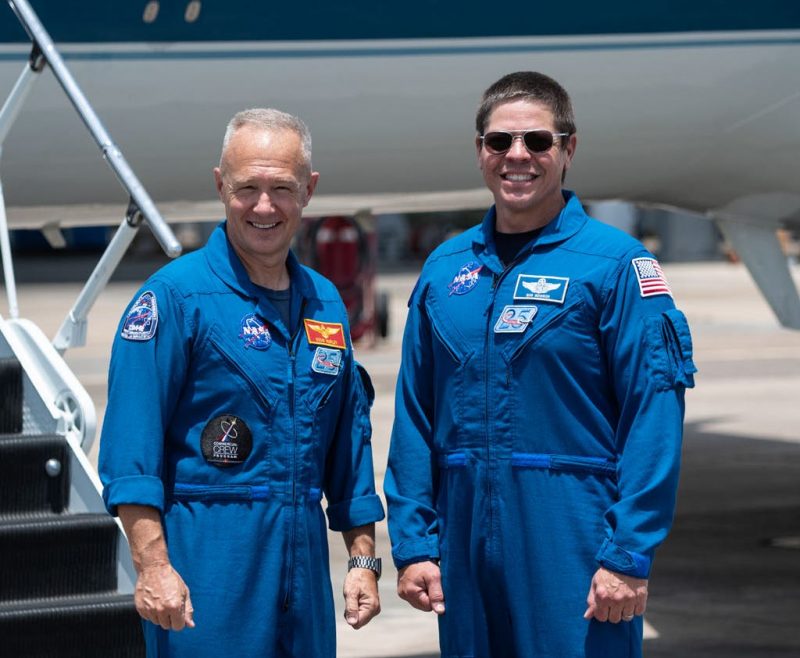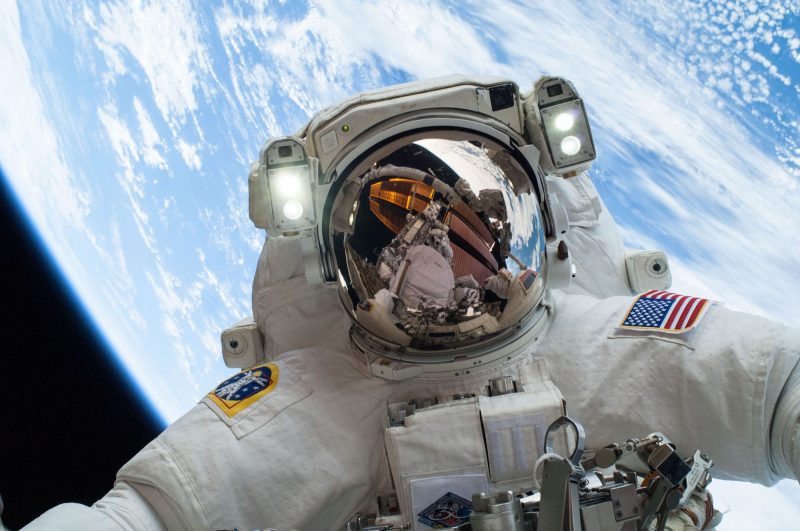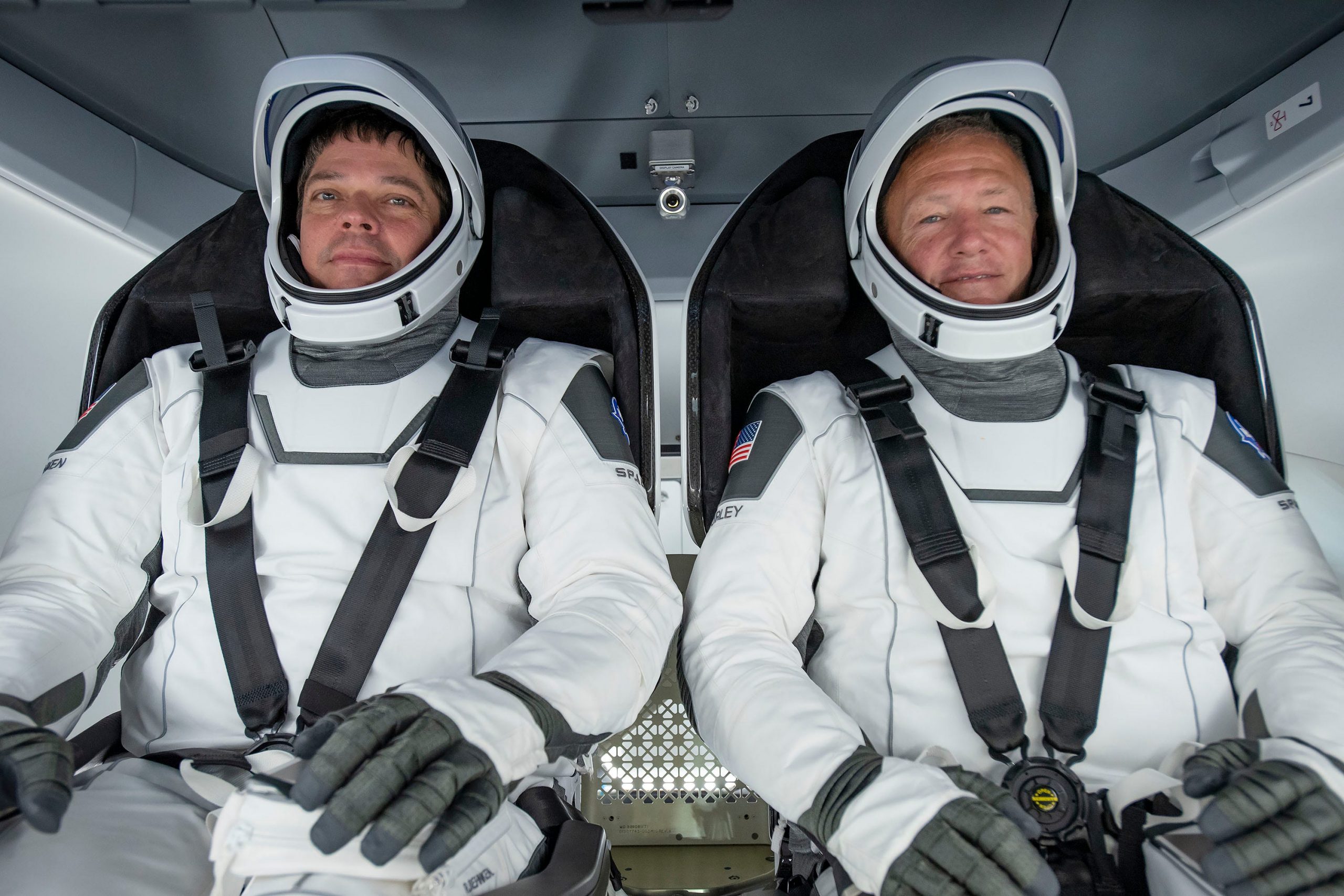- SpaceX is about to launch its first human passengers and help NASA resurrect American crewed spaceflight.
- The test flight, called Demo-2, will fly NASA astronauts Bob Behnken and Doug Hurley on a space mission that may last up to 110 days.
- Astronauts’ annual salaries are determined using a government pay scale, and starting out, typically fall under two grades: GS-12 and GS-13.
- According the US government’s 2020 pay scales and a NASA job listing, an astronaut in 2020 earns between $66,167 and $161,141 per year.
- Visit Business Insider’s homepage for more stories.
The moment that SpaceX founder Elon Musk has dreamed about since 2002 (and possibly long before then) is almost here: the rocket company’s first-ever launch of people into space.
The commercial mission, called Demo-2, is designed to show NASA that SpaceX’s new Crew Dragon spaceship is safe to fly passengers. NASA lost its ability to launch astronauts when it ended the space shuttle program in July 2011. Since then, the agency has relied on Russia for trips to and from the International Space Station, into which the US has invested about $100 billion.
Veteran astronauts Bob Behnken and Doug Hurley will pilot SpaceX’s Demo-2 mission, which is currently scheduled to launch at 4:33 p.m. ET on May 27, or around the same time on May 30 if there’s a delay.

Becoming an astronaut is not easy. Applicants must be a US citizen, have an accredited college degree in science, engineering, or mathematics, and three years of professional experience or 1,000 hours piloting a jet aircraft under their belts. They also need to come equipped with specialized skills and ways of thinking that interviewers - usually astronauts themselves - screen for.
They also have to pass a grueling selection process that is about 74 times harder than getting into Harvard University. NASA selects a new astronaut class once every couple of years, and picked only 12 of 18,300 applicants in 2017. The agency closed applications for its next class at the end of March.
So how much does NASA compensate its astronauts for their experience, extensive training, and willingness to risk their lives to explore space - including for companies like SpaceX?
According to a frequently asked questions page on NASA's website, the annual salary is "based on the Federal Government's General Schedule pay scale for grades GS-12 through GS-13."
"Each person's grade is determined according to his/her academic achievements and experience," NASA adds.
Such grades are used to determine how much white-collar career employees are paid across many government agencies, and they are further broken down into steps ranging from 1 through 10, which are based on acceptable performance and years of service.
The US Office of Personnel Management is in charge of the base pay and leave figures, and the numbers change each year.
What the US government pays astronauts

In 2020, according to OPM pay scales, a new astronaut with a GS-12 grade and Step 1 experience and performance would earn $66,167 per year. After several years of excellent performance, the same astronaut might be eligible to make the GS-12's Step 10 pay: $86,021 per year.
Meanwhile, more-qualified astronauts with a GS-13 pay grade could initially earn $78,681 per year (Step 1) and, after several years, up to $102,288 per year (Step 10).
But astronauts aren't locked into GS-12 and GS-13 for their careers; they can earn the top tier of the pay scale - GS-15 Step 10 - and upward of $142,000 per year, depending on their position, responsibilities, and performance within the astronaut corp.
"When a civilian is selected for the Astronaut Program, his/her grade may initially be at the GS12/13 level, although some are higher," William "Bill" McArthur, a former astronaut, told Business Insider in an email in February 2018. "While an active astronaut, from 2001 until 2007, I was at the top of the [Civil] Service grade scale."
Also, the general schedule is only the foundation for pay: There are also tables that reflect incomes in different areas, helping the US government offer competitive salaries for a given region. In Houston, Texas, for example - where astronauts base themselves out of Johnson Space Center - localized pay tables call for annual wages that are about 30% higher than the general schedule.
In NASA's most recent call for candidates, the listed salary range of $104,898 to $161,141 per year exceeded that of the general schedule.
This story has been updated with new information. It was originally published on February 19, 2018.

